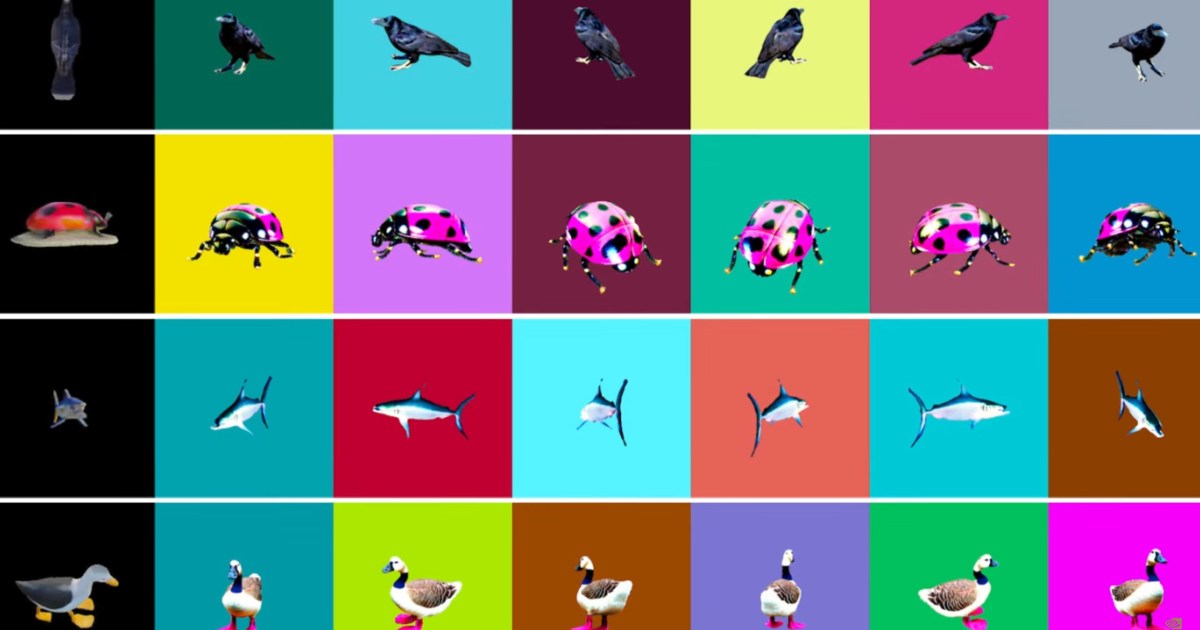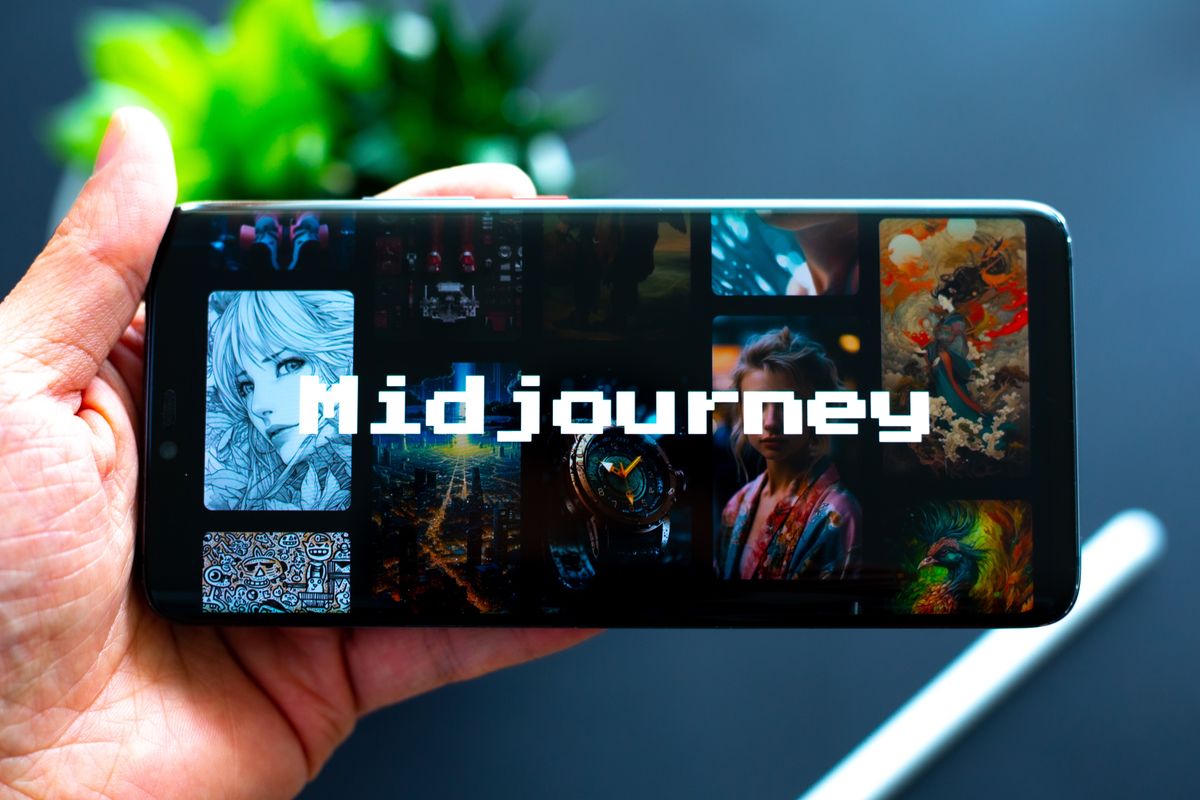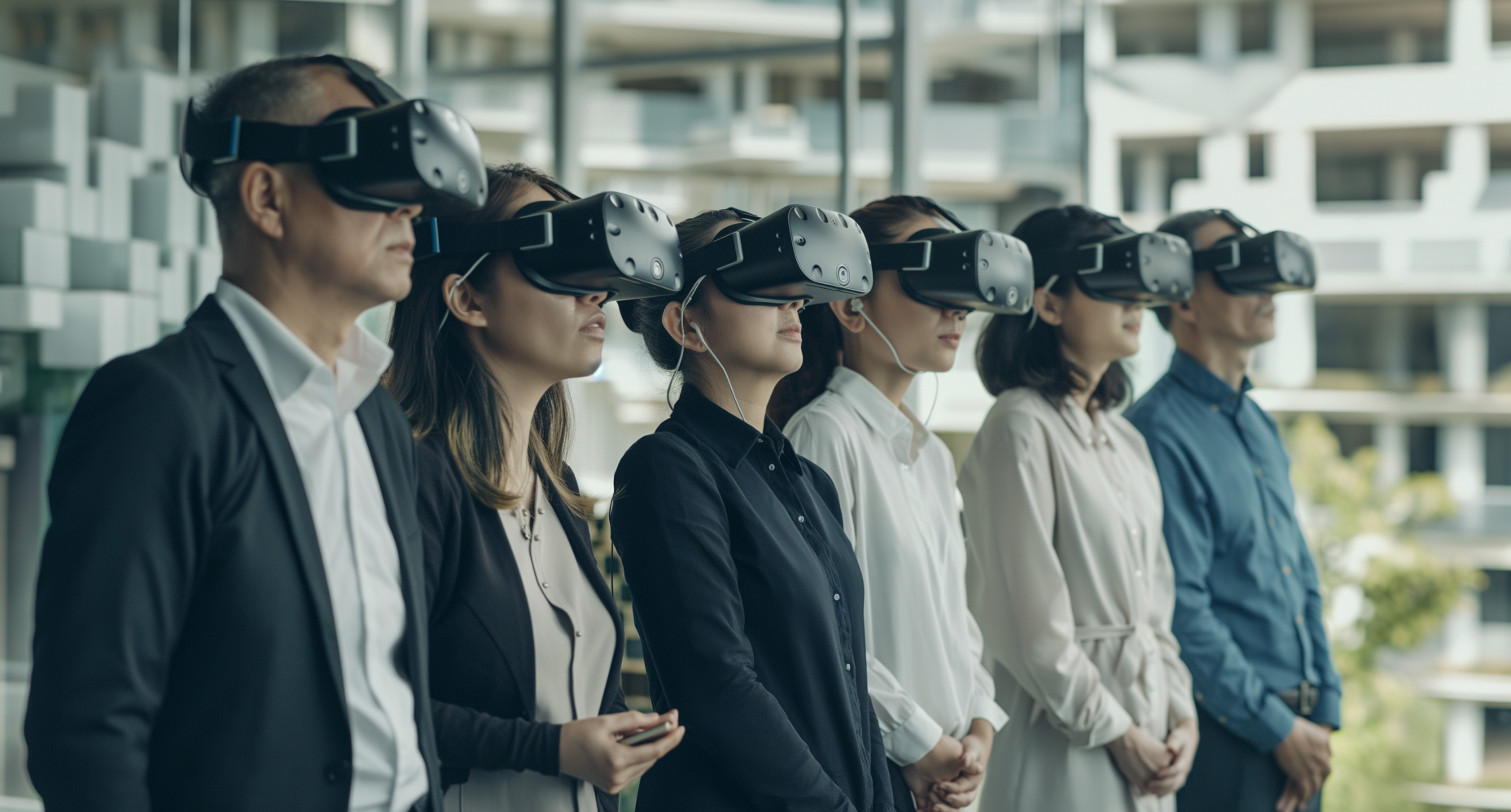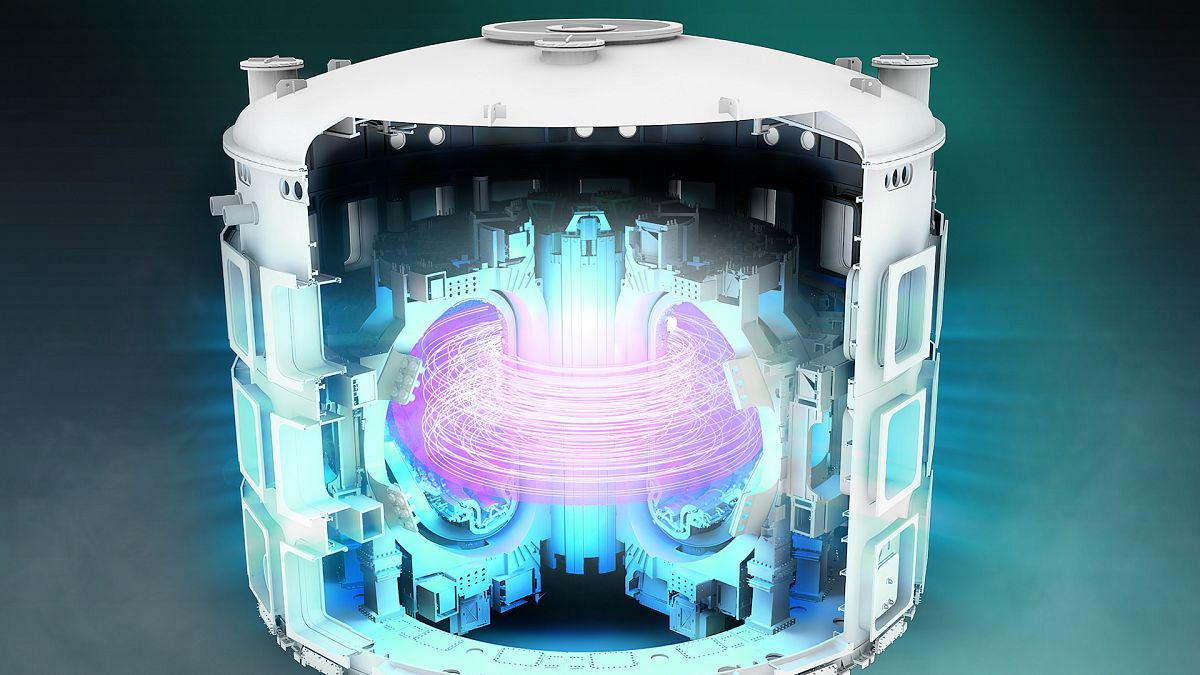- Vision Quest
- Posts
- This Week in Tech 013
This Week in Tech 013
Midjourney is having a Big Week!
Midjourney making hardware and software moves. VR in the AEC Space. Breakthroughs in Nuclear Fusion.
Welcome to the latest edition of our This Week In Tech! First, we’ll chat about Latte3D, the text-to-3D generative AI that Nvidia just dropped. We've got MidJourney's plans for a mind-bending world simulation tool, Samsung's revamped Ballie robot that's rolling into your home, and Rabbit's r1 AI gadget ready to rock your world. So buckle up, buttercups, 'cause this ride's about to get wilder than a rodeo on Mars!
Next we’ll discuss Midjourney snatching up Apple's finest to lead their hardware division, Amazon's Echo Frames simplifying your life amidst a sea of AR/VR headsets, and a lineup of top-notch VR tools that'll make architects drool faster than a kid in a candy store. But wait, there's more!
Finally, we’ll talk nuclear fusion powered artificial suns, solar energy (from the real sun), and liquid iron batteries that might send lithium ion packing. In case you wanted a little bit extra beyond that, we’re looking into the developing story of the Francis Scott Key Bridge collapse and Nvidia’s digital twin dreams.
Artificial Intelligence
Nvidia introduced Latte3D, a text-to-3D model, at GTC 2024. Faster than previous models, it simplifies 3D model creation for various industries like gaming and design. Latte3D generates options quickly from text prompts and offers high-quality outputs within minutes. Trained using Ada A100 Tensor Core GPUs and ChatGPT prompts, it recognizes animals and objects accurately.
While not as lifelike as OpenAI’s Sora, it speeds up asset creation significantly. Creators can train Latte3D for specific purposes, including training personal assistant robots. Latte3D marks a significant advancement, creating 3D visuals in seconds compared to an hour previously. It joins other AI tools revolutionizing game development alongside Unreal Engine's real-time visuals.
Very excited about @nvidia’s new generative AI platform for drug discovery.
The BioNeMo microservice provides lifescience companies with access to optimized AI models to develop treatments for cancers, HIV, antibiotics and cellular longevity.
— Namrata Rastogi (@doc_namrata)
6:47 PM • Mar 19, 2024
MidJourney announces expansion into AI-driven 3D, video, and real-time creation models for simulating a virtual world, unveiled during Discord "office hours." Founder David Holz emphasizes a shift towards a "world simulation" akin to an open world sandbox, envisioning applications in gaming and filmmaking.
The company, founded in 2022, plans significant upgrades with its v7 model. Holz hints at prioritizing 3D generation before video, aiming for a comprehensive world simulation. This approach resembles emerging metaverse concepts, offering versatile content creation possibilities, akin to Roblox's vision for AI-generated environments. It promises a revolutionary approach to content creation and filmmaking, potentially transforming the industry's landscape.
Samsung reintroduces Ballie at CES 2024 with a revamped design, moving away from its initial ball droid concept to a sphere mounted on three wheels resembling a robot vacuum. Despite losing some cuteness, the new Ballie offers practical improvements such as a larger size for a better battery and a projector.
It features sensors, stereo vision, voice commands, smart home controls, remote camera access, person recognition, and a projector with various functions, projecting 1080p images for up to two to three hours. However, the success of its projector functionality in varied lighting conditions remains uncertain. Samsung aims for a consumer release this year, potentially competing with Amazon's Astro robot.
Rabbit's r1 AI device, resembling a smartphone, focuses on a unique Large Action Model (LAM) for app interactions, distinct from conventional chatbots. Shipping starts April 24th at $199, with early pre-orders shipping March 31st. Despite initial US-only availability, Rabbit sold over 100,000 units globally. Customers can still pre-order, but without the perk of free access to Perplexity Premium for the first 100,000 buyers.
The gadget requires an internet connection, supporting SIM cards and Wi-Fi. New York buyers can attend a pickup party on April 23rd for early access. Additional updates are expected for those missing the initial shipment date.
Mixed Reality and Spatial Computing
Midjourney Inc., a generative AI startup, hires former Apple Vision Pro hardware engineer manager Ahmad Abbas to lead its hardware division. Abbas, with experience at Neuralink and working with Midjourney founder David Holz at Leap Motion, joins in December. Holz hints at a project dubbed "the orb," potentially involving AI-generated 3D worlds or real-time video games. Abbas's expertise, particularly from his role in developing Apple Vision Pro's scanning capabilities, signals significant potential for Midjourney's hardware ambitions, possibly revolutionizing the generative AI industry.
Smart glasses have struggled to integrate into mainstream culture, but recent developments show a changing narrative. Meta partners with RayBan, startups like Brilliant Labs capitalize on generative AI, and Apple Vision Pro's advancements drive headset popularity.
Amazon's third-gen Echo Frames, designed for everyday simplicity, integrate AR and Alexa. The glasses offer stylish designs, durable build, immersive open-ear sound, and Alexa integration for multitasking and accessibility. While not as high-tech as Apple Vision Pro or AR/VR devices, Echo Frames prioritize simplicity and utility, appealing to users seeking a minimalistic yet functional smart eyewear experience.
Virtual reality (VR) technology revolutionizes architectural design by offering immersive tools for conceptualization and presentation. Top VR tools include Chaos Enscape for rendering, Gravity Sketch for 3D modeling, and Twinmotion for animation. Unreal Engine provides cinematic world-building, while Unity aids construction with real-time visualization. D5 Render is beginner-friendly, and Studio 3DX facilitates collaboration. Tips for leveraging VR in architecture include focusing on scale, providing clear navigation, and balancing creativity with real-world constraints like accessibility and sustainability.
Energy
The article explores the International Thermonuclear Experimental Reactor (ITER), the world's largest fusion device aiming to replicate the Sun's energy production. Located in Provence, France, it involves 35 countries and aims to demonstrate fusion's industrial viability. Fusion involves combining light atomic nuclei, generating immense energy.
ITER utilizes magnetic confinement fusion, trapping charged particles in a tokamak. Despite setbacks and budget overruns, ITER remains a symbol of international collaboration. Fusion offers cleaner energy than fission, with minimal radioactive waste. While fusion's widespread use is distant, it offers a long-term solution to climate change and energy needs.
A new, safe, and economical iron flow battery has been designed for large-scale energy storage, supporting renewable sources like wind and solar. In a proof-of-concept, it showed remarkable cycling stability, maintaining 98.7% capacity after 1,000 cycles. Unlike conventional batteries, flow batteries constantly circulate liquid electrolytes.
This battery's unique formula combines charged iron with a neutral-pH electrolyte, commercially available and non-toxic. While energy density is lower than vanadium systems, improvements are underway. Large-scale storage using flow batteries is vital for decarbonization and renewable energy transition, with efforts focused on enhancing performance for widespread adoption.
The German solar market faces challenges from Chinese imports flooding the market, causing most domestic manufacturers to shut down. However, Sunmaxx, a German startup, is expanding production with a unique solar module. The module operates at 80% efficiency, harnessing both electricity and heat. Despite challenges, Sunmaxx aims to scale up its technology. While Germany's solar industry struggles, experts suggest large-scale production hubs are needed for competitiveness. Concerns over reliance on Chinese imports prompt calls for domestic support, though tariffs remain contentious. Amid closures, some companies like Sunmaxx and Oxford PV persevere with innovative technologies to revitalize the German solar industry.
Something Extra
How did you like this week's edition? |











